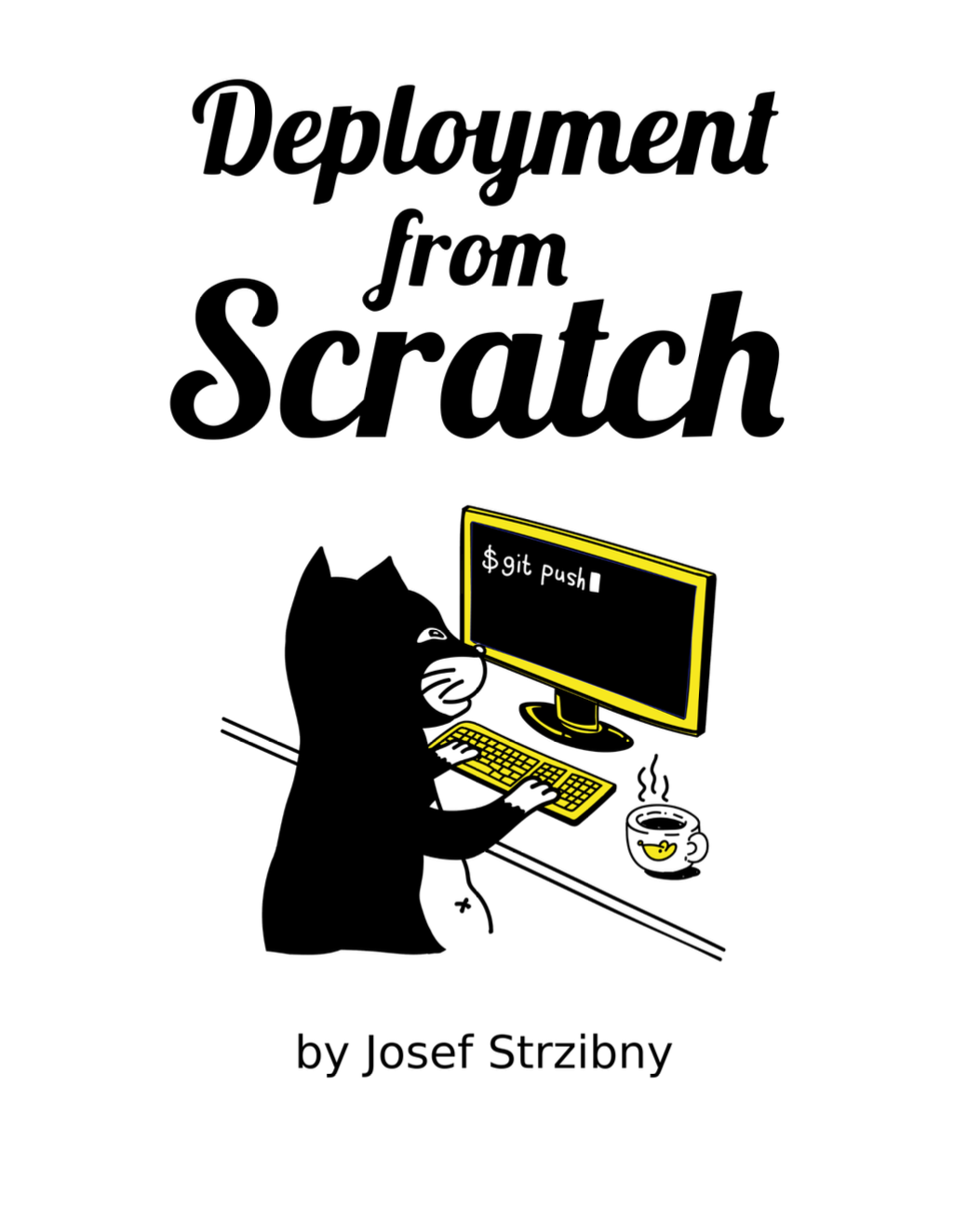I was recently asked to package Vagrant for Fedora with libvirt support (coming with the vagrant-libvirt plugin) and this post will let you know how to install it on your machine from the new Copr repository.
Note: If you need to or want to use the upstream release, you will need to install the vagrant-libvirt plugin and its dependencies yourself. James’s post is a good start, but this post won’t discuss this.
If you wish to have an easy installation of the same thing on your Fedora 20, continue reading.
To install Vagrant you can simply install the vagrant packages from my vagrant-f20 Copr repository. To add the Copr repository add the following file to your /etc/yum.repos.d/ directory:
$ cat /etc/yum.repos.d/vagrant.repo
[jstribny-vagrant-f20]
name=Copr repo for vagrant-f20 owned by jstribny
baseurl=http://copr-be.cloud.fedoraproject.org/results/jstribny/vagrant-f20/fedora-$releasever-$basearch/
skip_if_unavailable=True
gpgcheck=0
enabled=1
Or simply enable the repo using dnf and copr-dnf plugin (coming with dnf-plugins-core):
$ sudo dnf copr enable jstribny/vagrant-f20
Afterwards you are ready to install and play with Vagrant:
$ sudo yum install vagrant
$# using dnf
$ sudo dnf install vagrant
$ vagrant
Usage: vagrant [options] <command>
Now go start doing interesting stuff.
In case of troubles, make sure you do yum update and check the version and release of the following components (newer should be fine):
$ rpm -qa vagrant
vagrant-1.6.5-12.fc20.noarch
$ rpm -qa rubygem-vagrant-libvirt
rubygem-vagrant-libvirt-0.0.20-2.fc20.noarch
$ rpm -qa rubygem-bundler
rubygem-bundler-1.7.3-2.fc20.noarch
This release does not match the upstream. It has a libvirt as a default instead of VirtualBox and it lacks the plugins adding VagrantCloud support. Also installation of other plugins may or may not work. Please let me know about the issues you encounter and let’s try to make a decent support of Vagrant for Fedora 22.

